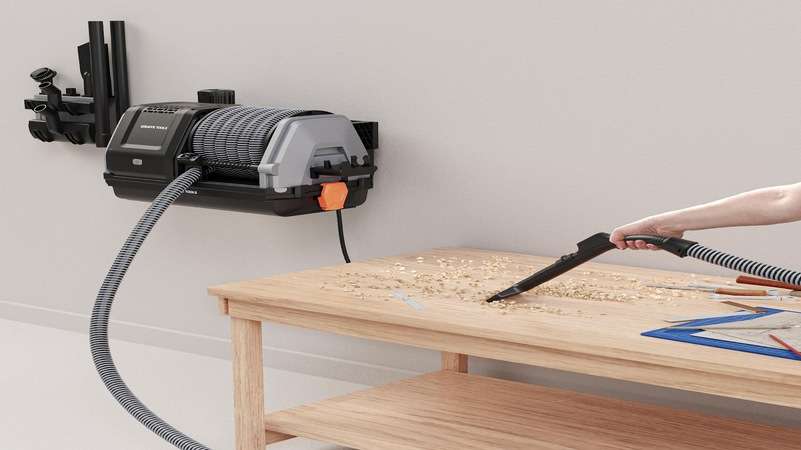Sealcoating an asphalt driveway is an important, but time-consuming task. Now, when water penetrates the cracks in an asphalt paved surface and settles at the base, it can compromise the integrity of the base. This, in turn, can lead to portholes or larger cracks. Besides, when filled with water, cracks are susceptible to damage from freeze and thaw cycles in areas with cold climates. In an area with a hot climate, grass can grow through the cracks and on the edges, which poses a serious threat to an asphalt driveway. Oil and gas spills and ultraviolet rays also pose a big threat to driveways if it’s not sealed properly.
Typically, you should sealcoat your driveway six months after the first installation. Then, you should schedule sealcoating every three years thereafter. Please note that you shouldn’t sealcoat your asphalt driveway immediately after installation, since the top requires at least 30 days to cure. If you live in an area with an extremely cold climate, you should sealcoat your driveway every year. However, this can lead to a slick surface.
If you are a new property owner or never attempted a sealcoating project before, it might be a challenge to sealcoat your driveway since you don’t know where to start. If you are one of these people don’t fret. In this post, we shall give you a quick guide on how to sealcoat your driveway. Read on for more information.
Important things first
There are some important things that you must do before sealcoating your driveway. You can opt to hire a contractor to fix these problems or do it yourself if you love DIY projects. This is what you need to do before you start your sealcoating project:
- Repair all the potholes – not only are they dangerous, but they also are ugly, and can damage your driveway.
- Fill all the cracks – as said earlier, cracks make your driveway susceptible to water damage. Although they might look harmless, they can become potholes if left unrepaired. If you are doing a DIY sealcoating project, consider using an asphalt crack filler—it will get the job done.
- Trim your lawn before sealcoating your driveway – if your driveway borders a lawn, make sure that you trim all the grass surrounding the driveway—otherwise black grass might get embedded in your driveway.
Clean your driveway
The experts from CSG Sealcoating, Orlando say that you shouldn’t sealcoat a dirty driveway. For the sealant to stick to your driveway and give it maximum protection, the surface should be clean. Here are a few things that you will need to clean your driveway before applying the sealant:
- Blower
- Degreasing agent
- Water and hose
- Scrub brush
To clean the driveway, use the lower first to remove all the dirt, sand, and other debris from the driveway. If you have marked your driveway, don’t forget to remove any flaking paint from the surface—otherwise, the sealer will not stick to the surface. You can use a scrub brush to remove the flaking paint.
Then use a degreasing agent to clean any oil and gas stains from your driveway. Apply the degreasing agent on the surface, let it sit for around five minutes, scrub it with the brush, and then rinse the driveway with water. Then, check the area once it’s dry to make sure that you’ve removed the stains completely. If it’s not, just repeat the entire process.
Sealcoating the driveway
Now, once you are done with the necessary preparation work, it’s time to begin the seal coating process. The following are the steps to follow when sealcoating the driveway.
- Check the weather – always make sure that the weather conditions are favorable whenever you have a sealcoating project. The ideal temperatures should not be between 10 degrees C and 26 degrees C. If the temperature is very hot, it can melt the sealer, thus preventing it from coating the driveway effectively.
- Prepare the sealer – open the container, and then use a power drill with a mixing paddle to mix the drill. Lower the drill carefully into the container, until its tip touches the bottom of the container. Now, turn on the drill and then move it in an up and down, and circular motion to beat the sealant until it blends well. Continue with the process until you get a smooth, consistent sealant.
- Apply the sealant – start from the furthest corner of your property towards the street. If possible, work on small square sections at a time, instead of working on narrow strips. Then make sure that you apply the sealant in thin and overlapping layers using a squeegee. Always follow the manufacturer’s instructions when applying the sealant—applying a thick layer of sealant won’t offer the extra protection that you expect.
- Allow the driveway to cure – give your driveway at least 24 hours to cure before you start using it again. That means you shouldn’t allow any traffic into your driveway during that time frame. If possible, place some barriers at the entrance to prevent vehicles from accessing the driveway. You can also use yellow construction tape to cordon off the driveway until the sealant dries.
















